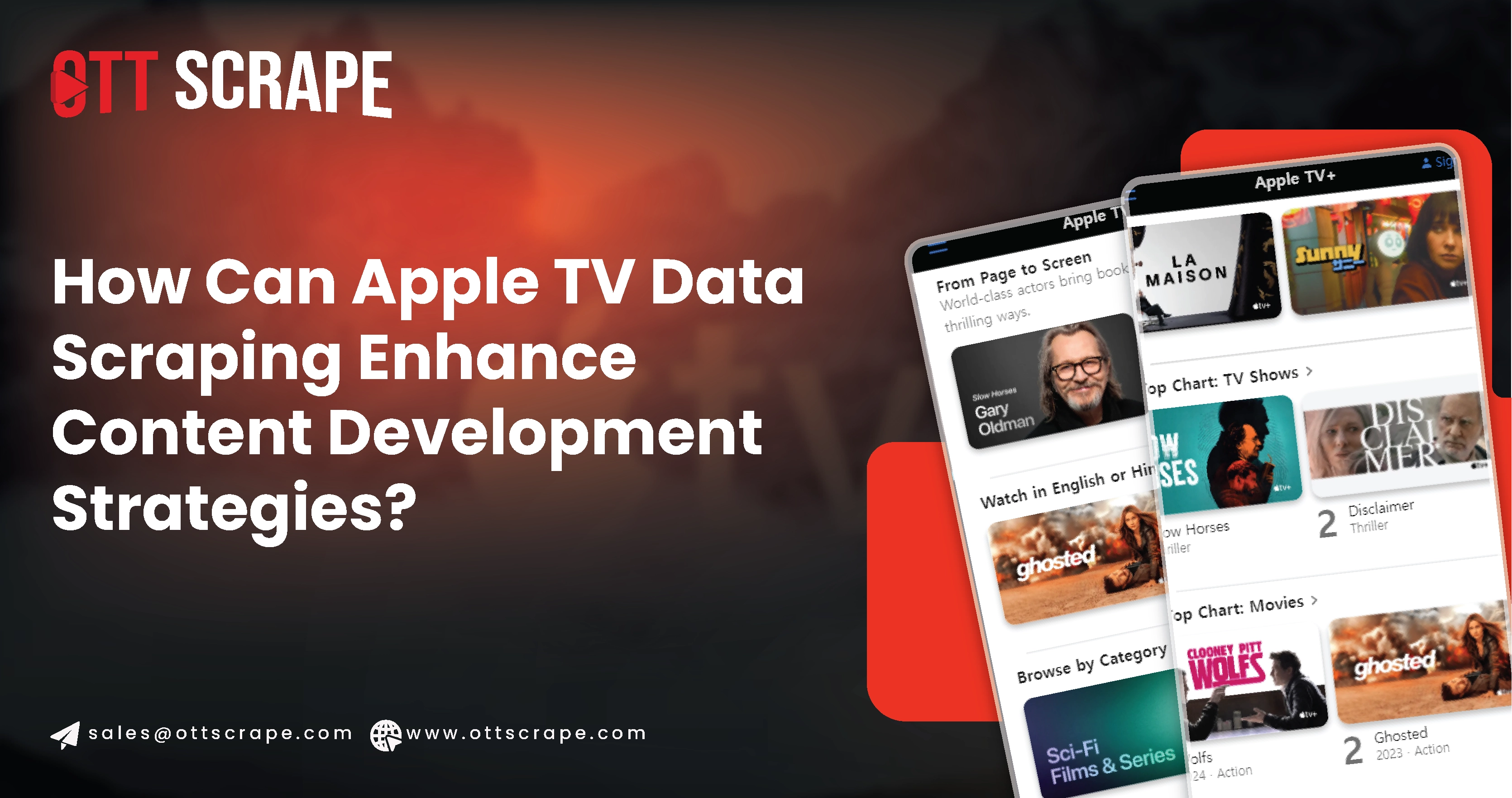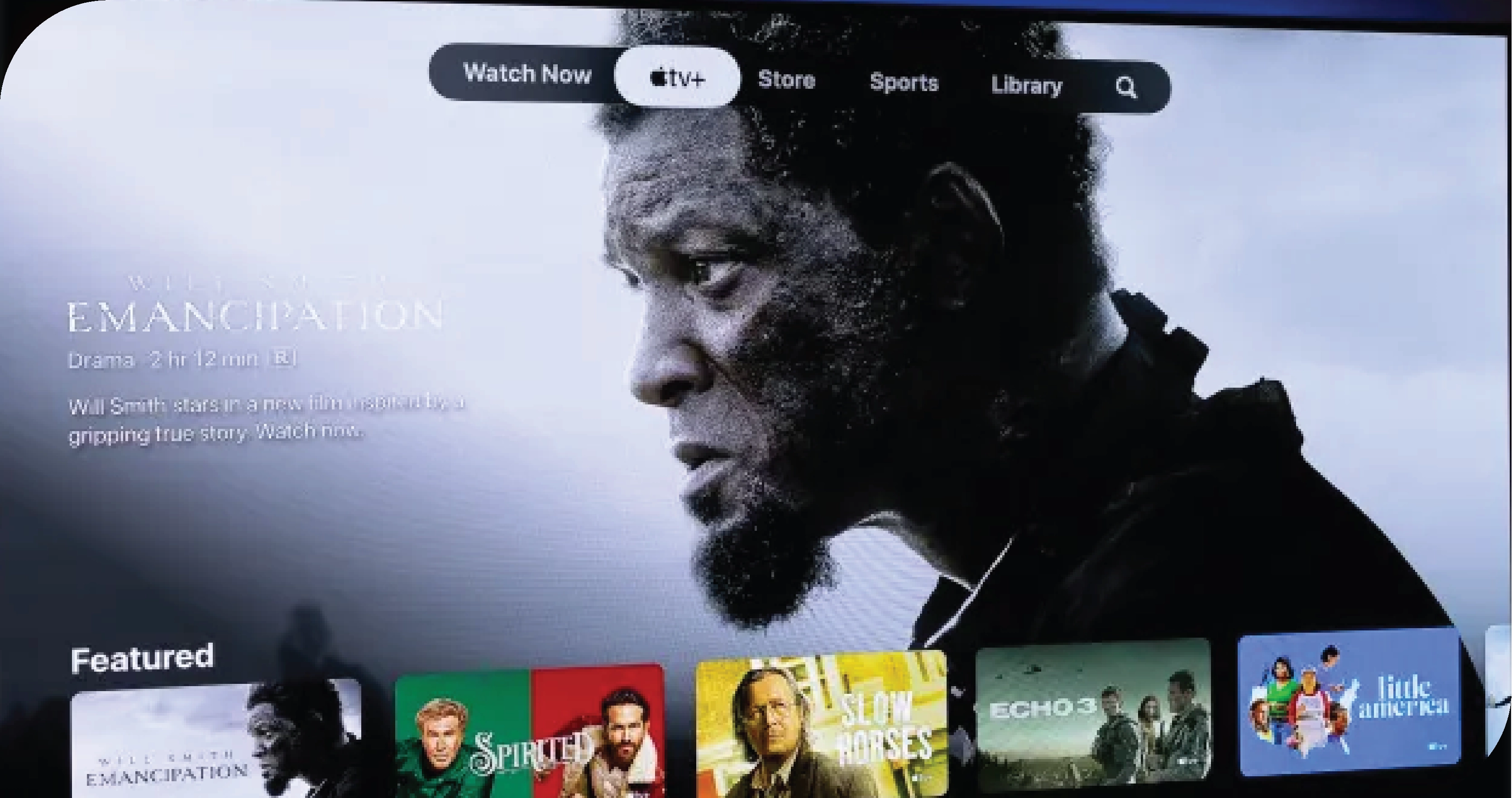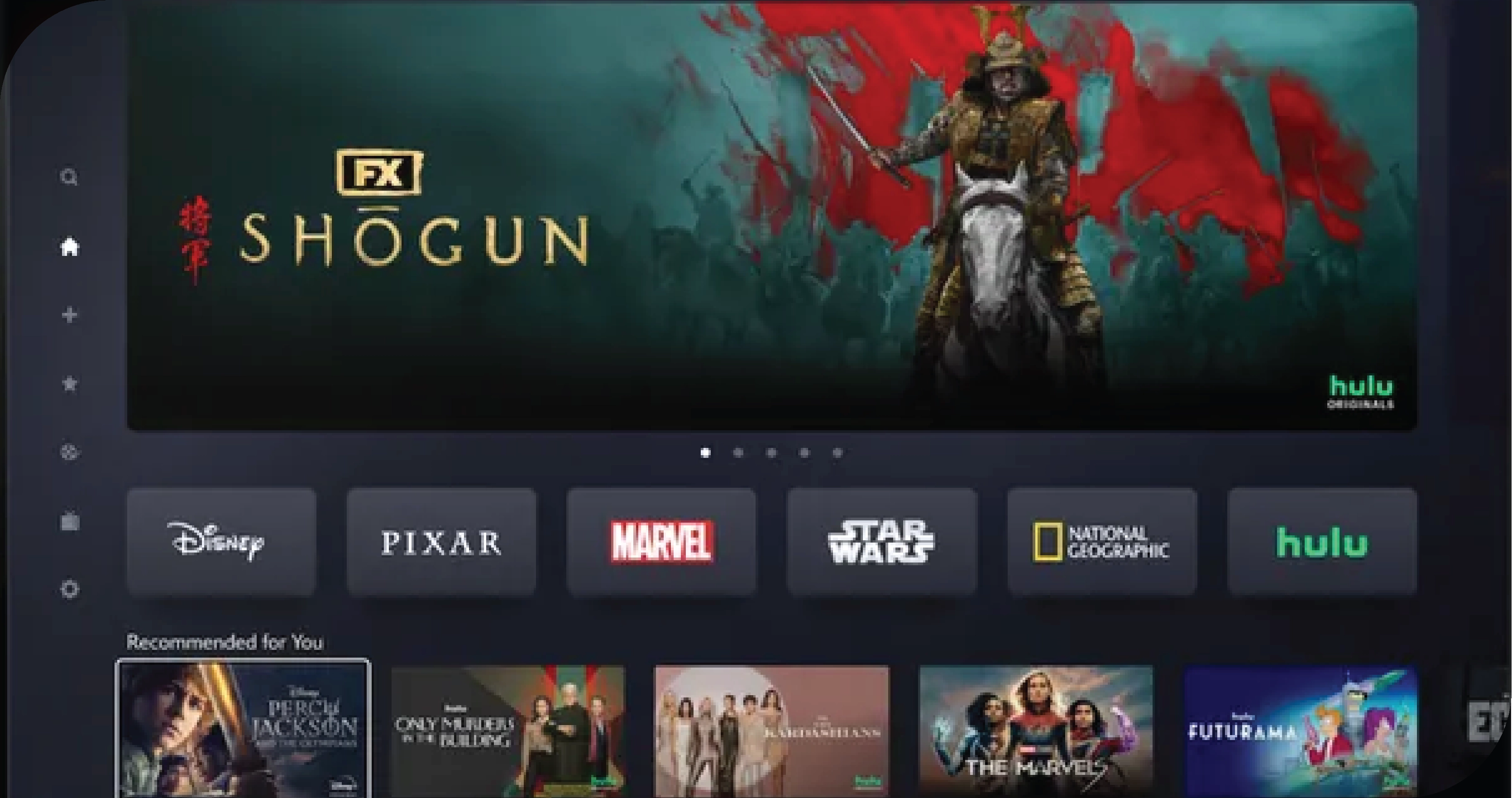
Introduction
In today's digital landscape, where content consumption is booming, understanding the trends influencing streaming services is vital for content creators, marketers, and platform developers. Apple TV, boasting a vast library of movies, shows, and original programming, has become a key player in the streaming industry. Apple TV data scraping allows businesses to scrape Apple TV data and gain essential insights into user behavior and preferences. By analyzing Apple TV datasets , stakeholders can make informed strategic decisions, enhance user engagement, and optimize content offerings. This approach helps identify popular genres and viewer patterns and informs content development and marketing strategies. As streaming services continue to evolve, effectively collecting and analyzing data will be paramount for success in this competitive market. In this article, we will explore the significance of scraping Apple TV data, the types of data that can be collected, and the valuable insights that emerge from this process.
The Importance of Scraped Apple TV Data in Streaming Services

Data has become vital in the streaming industry, particularly as consumers increasingly turn to on-demand services. Platforms like Apple TV must continuously adapt to meet evolving user preferences and behaviors. Apple TV movie data collection enables businesses to gather extensive information on content performance, user engagement, and market trends. This data allows stakeholders to gain valuable insights that inform strategic decisions, ultimately enhancing user experiences and driving subscription growth.
For example, analyzing Apple TV movie datasets helps identify popular genres, viewer habits, and peak viewing times, allowing for tailored marketing strategies. Additionally, the ability to scrape Apple TV series data can provide a comprehensive understanding of what drives viewer engagement. In an era where consumer choices are abundant, leveraging data effectively is essential for maintaining competitiveness and ensuring the platform meets the dynamic needs of its audience.
Types of Data to Scrape from Apple TV

Various data points can be collected when mapping streaming trends through Apple TV data scraping to create a comprehensive overview of user preferences and content performance. Some of the critical data types include:
1. Content Metadata: This includes titles, genres, release dates, cast and crew information, and descriptions of available content. Analyzing this data through Apple TV series data collection helps identify which genres are gaining traction and how different demographics respond to various types of programming.
2. Viewership Metrics: Metrics such as the number of views, average watch time, and completion rates provide insights into user engagement. Understanding which shows are most popular can inform content development and marketing strategies. Businesses can scrape Apple TV streaming data to gather this essential information.
3. User Ratings and Reviews: Scraping user reviews and ratings allows businesses to gauge audience sentiment toward specific titles. Analyzing this qualitative data can uncover valuable insights into viewer preferences and potential areas for improvement in content offerings. This aspect is critical for effective Apple TV data extraction.
4. Search Trends: By monitoring search queries and trending topics within the Apple TV platform, businesses can identify what users are actively looking for. This information can guide content acquisition and development efforts. Utilizing effective methods to scrape Apple TV series data can facilitate this analysis.
5. Competitive Analysis: Collecting data on how Apple TV's offerings compare to competing platforms, such as Netflix or Amazon Prime, provides a broader context for understanding market positioning and identifying potential gaps in content. This competitive landscape can be analyzed through thorough Apple TV data collection efforts.
Leveraging Scraped Data Insights for Strategic Decision-Making

Mapping streaming trends through Apple TV data scraping offers a plethora of insights that can drive strategic decision-making across various facets of the business:
1. Content Development: Content creators can identify trends that inform future productions by analyzing data on viewership metrics, genres, and user reviews. For example, suppose data shows a rising interest in a specific genre, such as true crime documentaries or fantasy series. In that case, Apple TV can prioritize acquiring or producing content in those categories. Additionally, insights from user ratings can highlight areas where content may have fallen short, allowing creators to adjust their approaches in future projects. Using effective methods to extract Apple TV data can significantly enhance this process.
2. Marketing Strategies: Understanding what content resonates with viewers enables marketing teams to craft more effective promotional campaigns. By identifying popular titles, marketers can tailor their messaging to focus on already proven successful content, increasing the likelihood of attracting new subscribers. Furthermore, insights from search trends can inform targeted advertising strategies that align with current consumer interests. Leveraging Apple TV data scraping services can provide the necessary data to develop these strategies effectively.
3. User Experience Enhancement: Data scraping provides insights into user behavior that can inform user interface design and overall user experience. For instance, if analytics reveal that users frequently abandon content after a certain point, this may indicate issues with pacing or engagement. By addressing these concerns, Apple TV can enhance user satisfaction and retention.
4. Pricing Strategies: Analyzing competitive data can also inform pricing strategies. Understanding how Apple TV's offerings compare to competitors can help determine optimal pricing models, promotional offers, and subscription tiers. For example, if competitors offer many popular titles at a lower price, Apple TV may need to consider adjusting its pricing or bundling services to remain competitive.
Challenges in Data Scraping

While data scraping offers significant advantages, it also comes with challenges that businesses must navigate:
1. Legal and Ethical Considerations
Scraping data from any platform raises legal and ethical questions. Businesses must ensure compliance with the platforms' terms of service. Unauthorized scraping can lead to legal repercussions, including account bans or lawsuits. Thus, understanding the legal landscape and obtaining necessary permissions is critical for sustainable data scraping practices.
2. Technical Barriers
The technical aspects of scraping can be complex. Platforms like Apple TV may implement measures to prevent unauthorized data collection, such as CAPTCHA challenges or dynamic content loading. Businesses must invest in advanced scraping technologies that can effectively navigate these barriers.
3. Data Quality and Accuracy
To be useful, scraped data must be of high quality. Businesses must ensure that the data collected is accurate and up-to-date. This may involve implementing regular scraping intervals and validating the data against other sources to maintain integrity.
Future Trends in Streaming and Data Scraping

As the streaming landscape continues to evolve, so will the strategies surrounding data scraping. Several trends are likely to shape the future of mapping streaming trends through Apple TV data scraping:
1. Increased Use of AI and Machine Learning
Integrating artificial intelligence (AI) and machine learning (ML) in data analysis will enhance the ability to derive insights from scraped data. These technologies can help track patterns and trends, allowing businesses to make more informed decisions based on predictive analytics.
2. Personalization of Content
As streaming platforms increasingly focus on personalization, data scraping will play a vital role in understanding individual user preferences. By collecting and analyzing user behavior data, Apple TV can refine its recommendation algorithms to deliver tailored content that resonates with each viewer.
3. Integration of Multiplatform Data
The future of data scraping may also involve integrating data from multiple platforms. By comparing data from Apple TV with insights from social media, search engines, and other streaming services, businesses can gain a holistic view of content performance and consumer preferences.
Conclusion
Mapping streaming trends through Apple TV data scraping is a powerful strategy for businesses looking to thrive in the competitive world of digital content consumption. By leveraging the insights gained from scraping content metadata, viewership metrics, user reviews, and competitive analysis, stakeholders can make informed decisions that enhance content development, marketing strategies, and overall user experience. Despite the challenges associated with data scraping, including legal considerations and technical barriers, the benefits far outweigh the risks when approached ethically and responsibly. As streaming services continue to evolve, the importance of data-driven decision-making will only increase, solidifying data scraping as an essential tool for understanding and mapping the future of streaming trends in the digital age.
Embrace the potential of OTT Scrape to unlock these insights and stay ahead in the competitive world of streaming!


